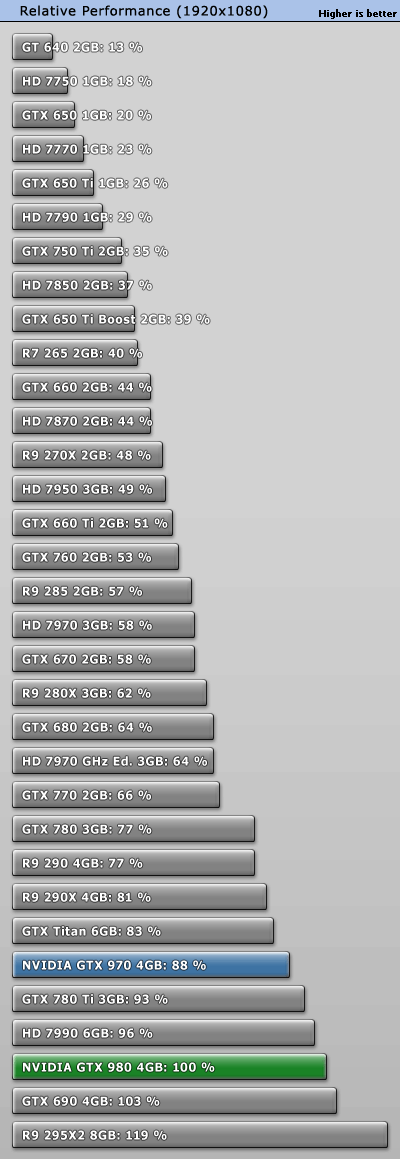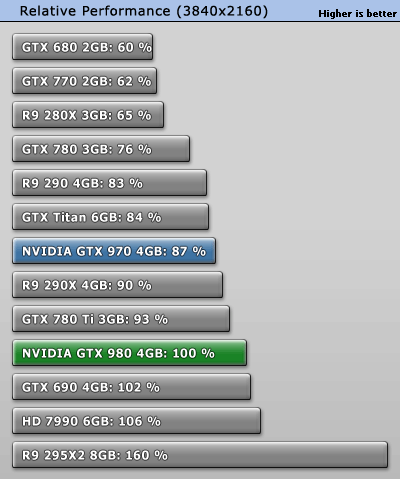4745454b writes:
> The stock 290s were bad. They should have launched with a cooler that had a
> hope/prayer of keeping boost clocks. ...
Indeed, I couldn't understand why they used such a bad cooler, it ruined what
would otherwise have been as you say a real game changer in overall competition.
> the DX9/CF issue. ...
I play several older games which are affected by this, so it does still matter to me.
> I suspect AMD will never give us a driver that enables it. ...
Well, they say they will, and I'm happy to take them at their word. Just seems
to be taking a long time for it to happen though.
> ... a single 290 doesn't have a problem with a single 1080 monitor for most DX9 games. ...
Very true. However, I like playing older games with the details cranked to the max.
Even with two 580s I had to dial back my custom settings for Crysis because it was
too slow. Sits about 45fps atm (1920x1200).
> It's something that matters to as many gamers as your multi monitor gamer. ...
Hard to know, they may be a significant but not particularly vocal group.
> ... (Don't label me a fanboy, my last Nvidia card was the GTX460.)
I wouldn't dream of such a thing, I have more than a dozen 460s. 😀
> I just hope AMD can launch something back and keep it going. ...
Me too, we really need the competition. Today it feels like the whole pricing
structure of GPUs has moved upwards too much, given how the 460 was
regarded when it launched as compared to the 8800GT, 3870 & others it
typically replaced. My first two 460s were 174 UKP each (top-end EVGA
FTW 850MHz models) and that was regarded as expensive at the time (more
typical models were about 150); faster in SLI than a 580, which was the
intent. Until the price drops of recent months, 347 UKP wasn't enough for
even one mid-range card (I see the 780 Ti has finally dropped by quite a
large amount - about time).
> They did great with Eyefinity and keeping the price/performance curve going.
> I just hope their answer doesn't take forever.
Yup, and I hope their response avoids the noise/heat/throttling issues which
happened with the 290s. One could infer they'd probably do something in time
for this year's holiday season.
Ian.



